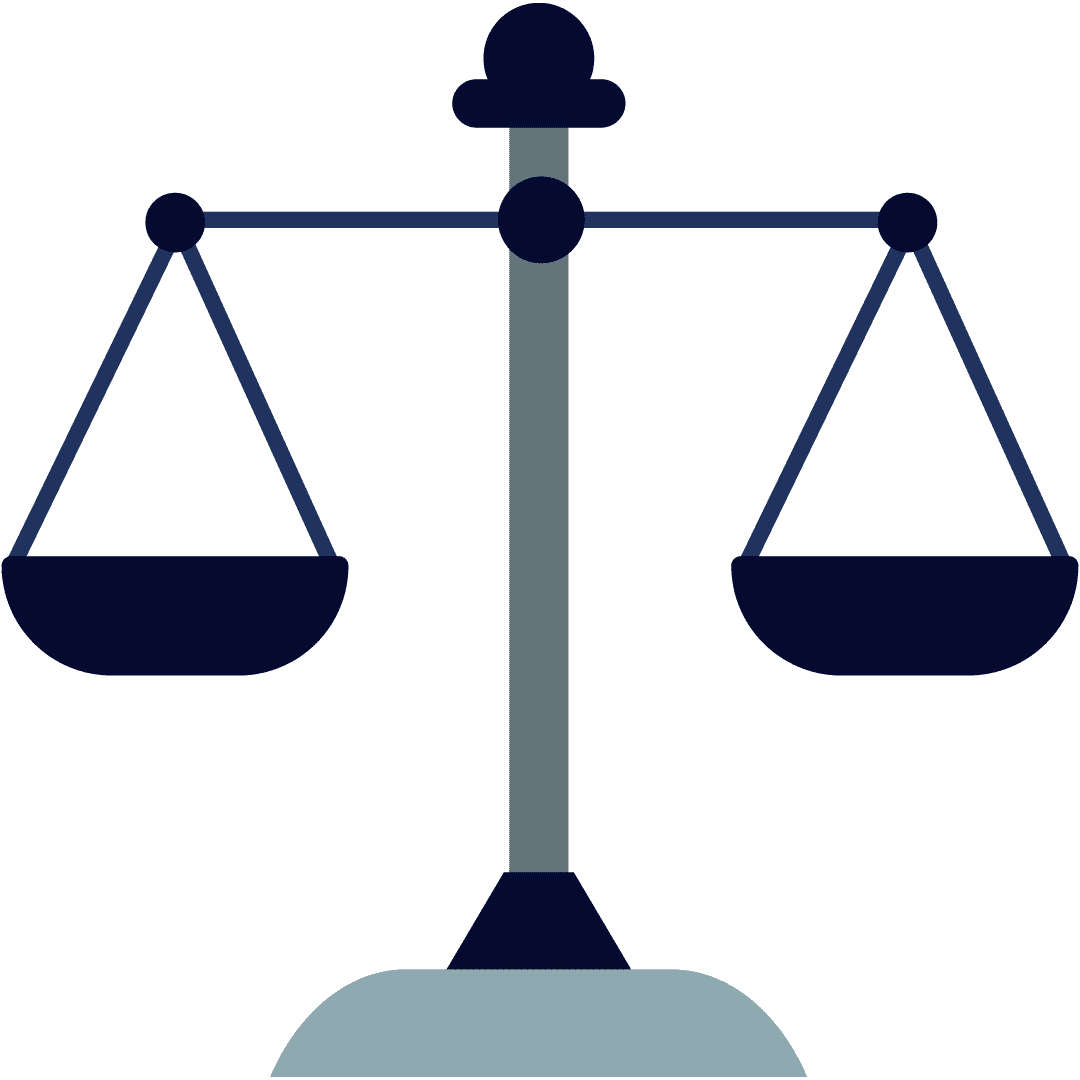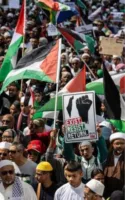The Israel – Palestine conflict is often framed as a religious war between Muslim and Jewish people, but this is far from the truth. There have always been people of Jewish and Muslim faith in Palestine who identified as Arab – long before the first wave of Jewish Europeans migrated to Palestine to establish the state of Israel.
Present-day Israel has been likened to apartheid South Africa and its Gaza strip, and Palestine has been likened to apartheid South African bantustans and townships for many years. That’s because the two countries share a long history of mutual struggle against apartheid, which is important to understand to make sense of why South Africa has found itself at the centre of the conflict, with hundreds of South Africans taking to the streets calling for a #freepalestine in their numbers.
The liberation movement and governing political party of South Africa, the African National Congress, has long been an ally of Palestine via its Palestinian Liberation Organisation (PLO). This relationship has always caused tensions, particularly with Israel’s ally, America, who even called out respected statesman Nelson Mandela, who stood fast and declared his support and solidarity with Palestine during his first tour of the US following his release after 27 years in jail to demanding a #freeSouthAfrica.
Some key features of apartheid state as seen in SA homelands and townships as well as Gaza, West Bank and other parts of Palestine:
1. Quarantine natives in open-air prison – areas and declare these as independent states while they are under the control and gaze of the apartheid state
2. Use water and electricity access to control and punish natives each time they protest against oppression (as seen in Soweto, uMlazi, Gaza, West Bank, etc.)
3. Control every waking moment of residents’ lives through documentation (dompass) with high walls surrounding them to control the influx and exit of the populations.
4. Change the country’s history and replace the native populations while declaring both a European identity and ‘native’ identity by the apartheid state settlers ( Jewish Israelis and Afrikaner Boers)
5. Do everything you can to eliminate the natives and replace them with your own settler population using visa systems which provide ease of entry into the invaded country (white visa in South Africa and Israel Law of Return visa)
6. Deny natives citizenship and freedom of movement while using physical and psychological control and barriers as well as violence, brutality and dispossession to keep natives outside the country in exile and those at home homeless.
Israel and apartheid South Africa openly shared notes on the best ways to oppress and replace native populations with their own settler populations. During the arms embargo, which prevented apartheid, South Africa from buying arms, it was Israel who provided it with armour and helped it build a nuclear power programme while providing it with soldiers to fight against the various liberation movements in SA at the time.
Besides the countries sharing notes closely, both are former colonies of Britain who, at the exit point of formalised colonialism in 1948 in both countries, chose to hand over power to the new settlers as rulers over natives fighting for self-governance. In Palestine, the Israeli settlers were chosen over Palestinian Arab natives to govern, where they promptly set up a new State of Israel and Afrikaner Boer settlers were chosen in South Africa over the native African populations. The start of the state of Israel was marked by the Nakbah – a disaster and violent war that brutally rendered homeless and stateless up to 700,000 Palestinian people of Arabic origin from 1948, with hundreds also dying. The South African apartheid state was established in 1948 after the National Party set up a coalition government to rule over South Africa.
The first wave of European Jewish people in Palestine moved into modern-day Israel/Palestine from 1882 to 1903. About 30,000 Jewish people mainly moved from Europe and Russia to the Middle East. The people they found in the area were of Arab origin and culture and considered themselves part of the Ottoman Empire; some were Muslim, and others Jewish. The area then fell under British rule from 1917 until the First World War. It was initially meant to be a British and French territory, but plans didn’t work out, and it fell under British control only. Following World War II, the British favoured the Jewish groups over the Palestinian Arab groups and sent a letter supporting the establishment of a Jewish state in the Balfour Declaration of 1917. This was because various Arab countries around Palestine were gaining independence from the British and the French, and both European countries wanted to dilute the Arab power in the region through the establishment of a Jewish European state. The Balfour Declaration did not specify which territories of Palestine were to become the Jewish state, and they only added a condition to respect the civic and religious rights of the local Palestinian Arab groups and Jewish people across the Middle East beyond Palestine much later after protests from various groups about the one-sided nature of the agreement and its silence on Palestinians.
Pre-94 South Africa was a colonised state too, colonised first by the Dutch East India Company, which initially came in 1652 to set up a trading station, but it ended up colonising the country. In 1795, the British came to South Africa, invaded and took control of the Cape region, which they promptly marked as its territory, when, in 1806, the British declared South Africa a British colony. Some of the Boers – Dutch settlers who were farmers, had already moved inland at this point to farm away from the coast. The increasing dominance of the English in the Cape Colony led to the start of the ‘Great Trek’, which saw many Boers moving further north. Villages of natives (including African, Khoe, and San) people in the path of the ‘Great Trek’ were pillaged and burnt to the ground, with their inhabitants captured and forced into slave labour on the Boer’s farms. As the Boers were moving further north, the British were moving further East and established a settlement in the current town of Makanda (previously Grahamstown), where an 1820 settler monument still stands to mark the first group of settled English men beyond the Cape. The British and Boers then fought over ownership of South Africa and its native people and resources when diamonds and gold were discovered on what had been declared Boer land. This led to the Great South African War or the Anglo-Boer War, which devastated further native populations, with many people killed or displaced in concentration camps and forced to become servants to prisoners of war or work for the Boer and English as soldiers aides or as labourers on Boer farms. These homeless, stateless natives also became part of the millions of people used as cheap labour in the mines in Kimberly and Johannesburg. In 1934, the country was declared a sovereign independent state and could legislate through its own parliament. The British mostly kept the Cape Colony coastline, present-day Western and Eastern Cape and Kwazulu Natal ) while the Afrikaaners ruled over inland areas of the Orange Free State and the Transvaal – modern-day Northern Cape, Gauteng and Limpopo. In 1961, the British granted South Africa independence and handed power to the Afrikaaners (Boers).
Apartheid South Africa ended because of a sustained global campaign to free South Africa, which led to sanctions on South Africa and an ailing economy that then forced the apartheid government to negotiate for peace as a way for South African business and sport to re-enter international markets and arenas. Palestinians are now fighting using the same combination of boycott and disinvestment campaigns which led to a collapse of apartheid, and have been waging the same war to reach their dream of a #freepalestine.
Have your say in our Annual Survey AND stand a chance to win awesome prizes – https://live.fundza.mobi/competitions/fundzas-annual-survey/



